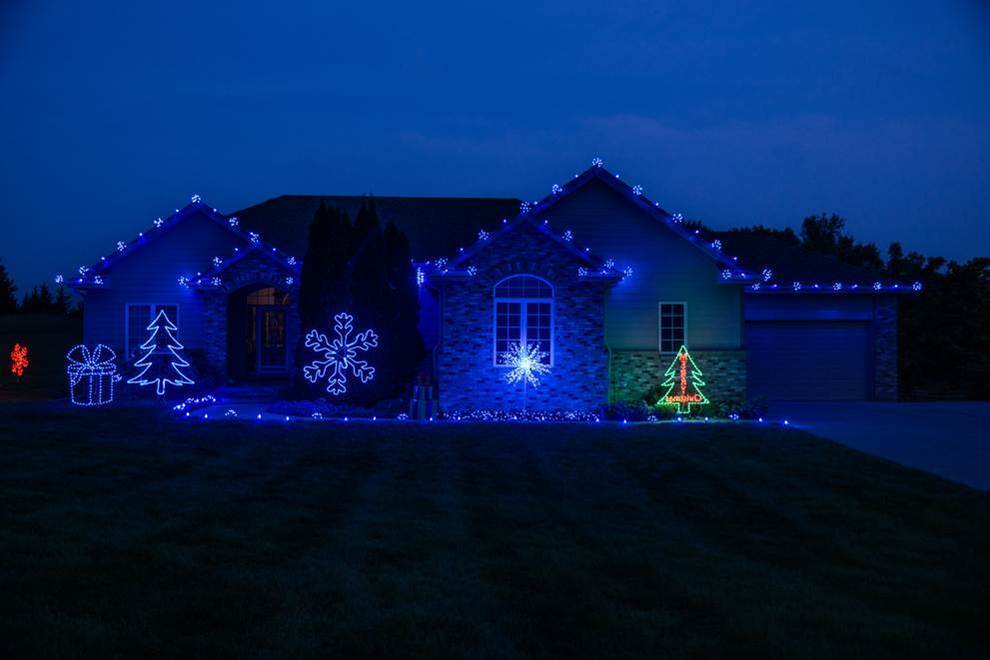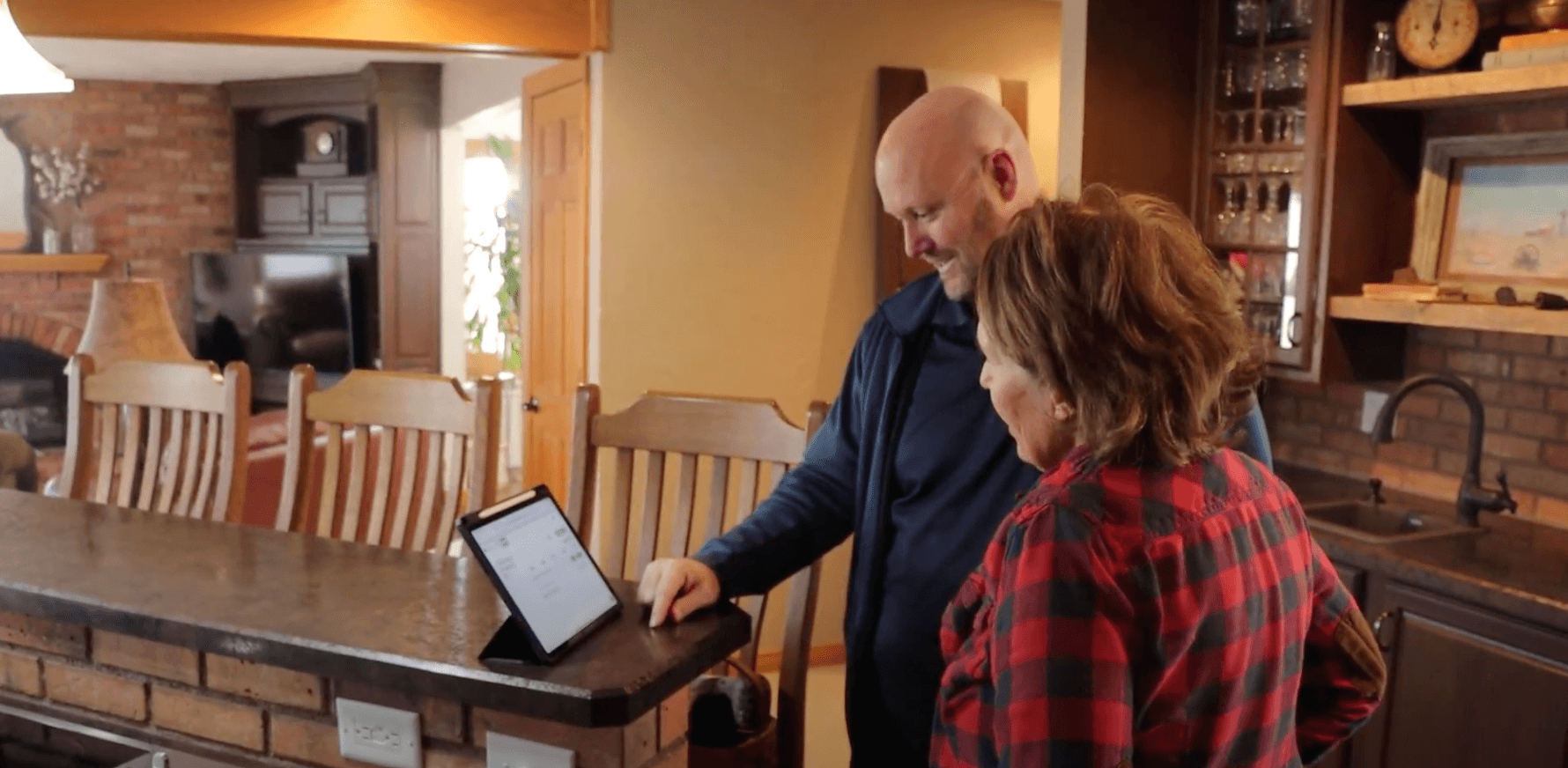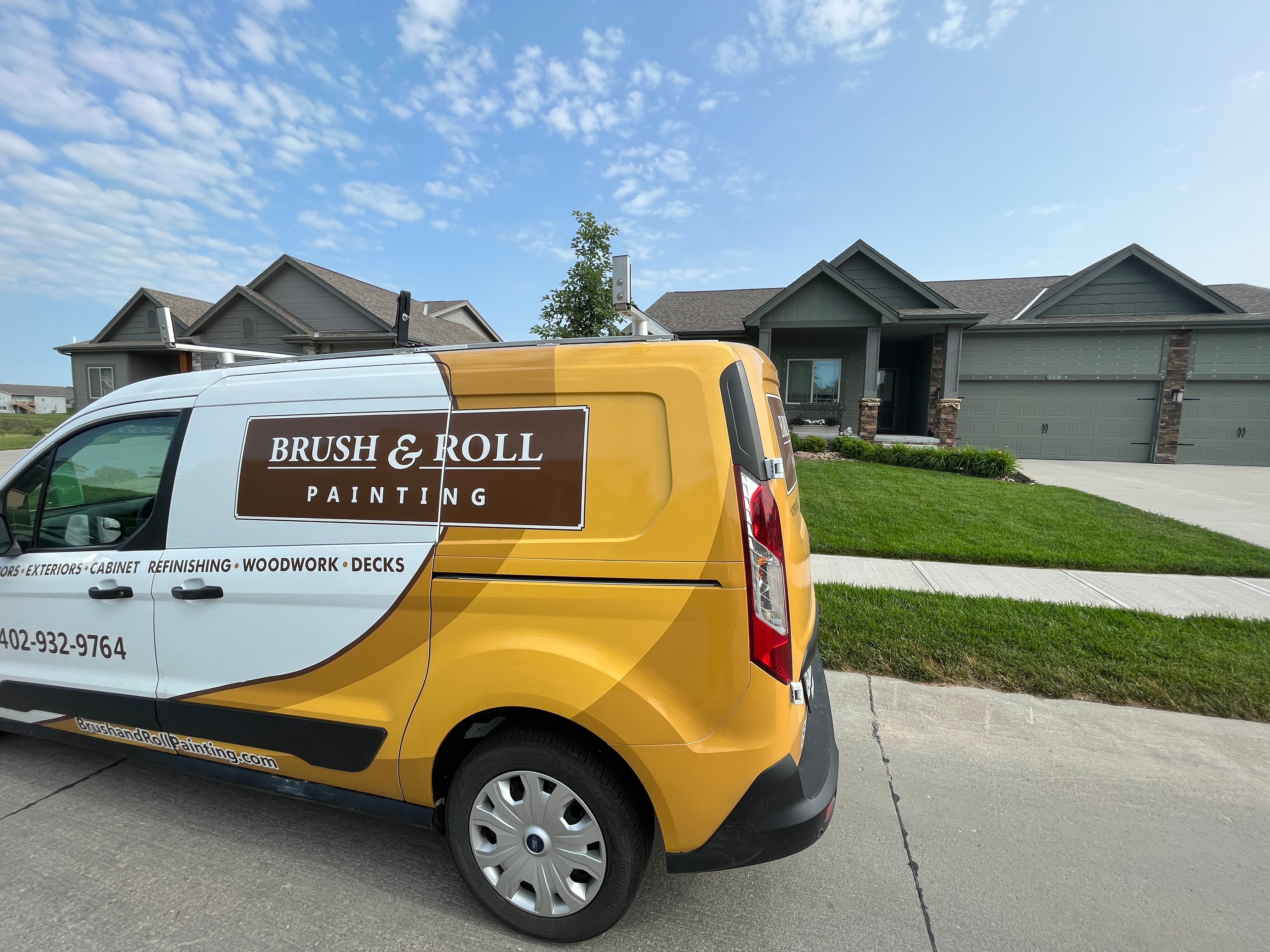How To Remove Mold & Mildew from Exterior of a House
May 24th, 2024
4 min read

Discovering mold and mildew on your home's siding can be unsettling. These spots not only detract from your home's appearance but can also cause significant damage over time. Living in Omaha, with our varied climate, can create the growth of these fungi, leading to frequent concerns if it is not taken care of.
At Brush & Roll Painting, we understand the challenges that come with maintaining the exterior of your home. With years of experience in exterior painting and minor exterior siding maintenance, we have learned to combat mold and mildew. Our team is well-versed in the latest techniques and uses top-quality products to ensure that your home not only looks its best but also stands up to Nebraska’s unpredictable weather conditions.
In this article, we'll guide you through understanding how mold and mildew attach to your siding, the steps you can take to remove them, and how to prevent future growth. By reading this article, you can make an informed decision on how you should tackle mold or mildew on your home’s exterior.
Understanding Mold and Mildew on Homes’ Exterior Siding
Mold and mildew are fungi that thrive in moist environments and can grow on various surfaces, including the exterior siding of your home.
These organisms can begin to grow when water accumulates on surfaces like siding, windows, doors, and trim that don't dry completely. In Omaha, where humidity and precipitation can vary significantly, siding often provides a perfect breeding ground for these fungi.
Causes of Mold and Mildew Growth on Siding on Homes' Exterior
-May-24-2024-06-40-13-6208-PM.png?width=553&height=289&name=Blog%20Post%20Image%20Size%20(1)-May-24-2024-06-40-13-6208-PM.png) Low-Quality Paint: Using low-quality paint on your home's exterior can be a recipe for disaster when it comes to mold and mildew growth. Not only does low-quality paint lack the durability to withstand Nebraska's ever-changing weather conditions, but it also provides a less effective barrier against moisture, making it easier for mold and mildew to take hold.
Low-Quality Paint: Using low-quality paint on your home's exterior can be a recipe for disaster when it comes to mold and mildew growth. Not only does low-quality paint lack the durability to withstand Nebraska's ever-changing weather conditions, but it also provides a less effective barrier against moisture, making it easier for mold and mildew to take hold.- No Primer: Skipping the crucial step of priming before painting can also contribute to mold and mildew issues. Without a proper primer, the paint may not adhere well to the siding, leaving gaps and imperfections that allow moisture to seep in and create the perfect environment for fungi to thrive.
- Painting over existing mold and mildew: While it may seem like a quick fix, this approach only masks the problem temporarily. The fungi will continue to grow beneath the new coat of paint, eventually breaking through and causing even more damage to your siding.
- Painting in a dark and damp area: Painting in a dry, damp area can also lead to mold and mildew problems. If the siding is not completely dry before painting, moisture can become trapped beneath the paint, providing an ideal breeding ground for fungi. It's essential to ensure that the surface is thoroughly dry before applying any paint to prevent future issues with mold and mildew.
- Humidity: High humidity levels can create persistent dampness on siding, particularly on the shaded sides of a house.
- Poor Ventilation: Inadequate airflow can trap moisture on or near the siding.
- Leaking Gutters: Overflowing or leaking gutters can splash water onto the siding, which may not dry promptly.
- Lack of Sunlight: Areas that receive little sunlight are more likely to retain moisture, facilitating mold and mildew growth.
How to Identify Mold and Mildew on Homes' Exterior
Before you can tackle the problem, it's crucial to identify the presence of mold and mildew correctly. Mold typically appears as black or green patches, while mildew might look powdery and white or gray. Often, these patches will appear in streaks or clusters, particularly in areas that are less exposed to direct sunlight.
Cost-Effective Removal of Mold and Mildew on Homes' Exterior
-May-24-2024-06-41-49-1859-PM.png?width=522&height=273&name=Blog%20Post%20Image%20Size%20(2)-May-24-2024-06-41-49-1859-PM.png) Removing mold and mildew doesn't always have to involve a hefty investment. Here are several methods to consider:
Removing mold and mildew doesn't always have to involve a hefty investment. Here are several methods to consider:
-
Cleaning Solutions: For mild cases, a solution of bleach and water can be effective in removing mold and mildew. There are many mold and mildew removers on the market. (Wet & Forget, Mold Armor, RMR 86)
-
Power Washing: For more extensive infestations, a power washer can be a valuable tool. It’s important to use the correct setting to avoid damaging the siding. Hiring a professional to handle power washing is often a wise choice to ensure it's done correctly.
-
Professional Mold Remediation: In cases where mold has penetrated deeper into the siding material, professional remediation may be necessary. While this is more costly, it ensures that all spores are removed, preventing further damage to your home.
Exterior Painting After Removing Mold and Mildew
If mold and mildew have been a recurring problem or if the siding shows signs of damage or wear, it may be time to consider repainting after the it is removed. Mold and mildew should not be painted over because it will just form on the new paint. Mold and mildew should be removed and solved for, then painted.
Top 4 Exterior Paints with Mildew Resistance
Exterior Paints with a MIldew-Resistant Coating- Aura by Benjamin Moore
- Emerald by Sherwin Williams
- Duration by Sherwin Williams
- Regal Select by Benjamin Moore
Select paint and primer products that are designed for exterior use with mold and mildew-resistant properties. These paints are formulated to withstand Omaha's weather and prevent the growth of fungi.
Professional Exterior Painting Application
Professional painters should ensure that the siding is properly prepared before painting. This preparation often includes thorough cleaning and priming to ensure the paint adheres well and lasts as long as possible.
Preventing Future Growth of Mold and Mildew on Exterior Siding
-May-10-2024-08-11-19-4405-PM.png?width=536&height=280&name=Blog%20Post%20Image%20Size%20(2)-May-10-2024-08-11-19-4405-PM.png) Preventive measures can save you time and money down the road:
Preventive measures can save you time and money down the road:
- Regular Cleaning: Regularly washing your siding can prevent the buildup of substances that feed mold and mildew. You should have the exterior of your home power-washed at least two times per year.
- Improving Ventilation: Ensure that your home is well-ventilated and that gutters are clear to prevent water accumulation.
- Trimming Overhanging Branches: Reducing shade on your siding by trimming trees and bushes can decrease moisture retention.
Mild & Mildew on Your Exterior Siding
The presence of mold and mildew on your siding is a problem many homeowners in Omaha face. Understanding the causes, identifying the issue, and using the right removal methods can help maintain your home's aesthetic and structural integrity.
Remember, maintaining the exterior of your home is crucial. At times, seeking trustworthy, professional advice and service is the best bet.
At Brush & Roll Painting, we have painted thousands of exteriors since 1996. With our experience, we have learned how to best handle homes with exterior mold and mildew, to prevent it from reoccuring.
If you are leaning towards exterior painting, it’s crucial that you choose the best painter for your project and don’t make any mistakes. The best painter in Omaha is different for everyone, but you deserve a painter you can trust will provide you with results that you love.
Download your ultimate guide to hiring a painter to help you select the right one for your home.
Kaylea is the Brush & Roll Painting Content Manager. Kaylea is a Journalism and Media Communications summa cum laude graduate with a minor in Marketing from the University of Nebraska at Omaha. Kaylea manages the marketing for Brush & Roll Painting.
Topics:


















-Jul-23-2025-02-21-33-5468-PM.png?width=800&height=418&name=Blog%20Post%20Image%20Size%20(2)-Jul-23-2025-02-21-33-5468-PM.png)




-Oct-22-2025-01-39-19-5208-PM.png?width=800&height=418&name=Blog%20Post%20Image%20Size%20(1)-Oct-22-2025-01-39-19-5208-PM.png)


